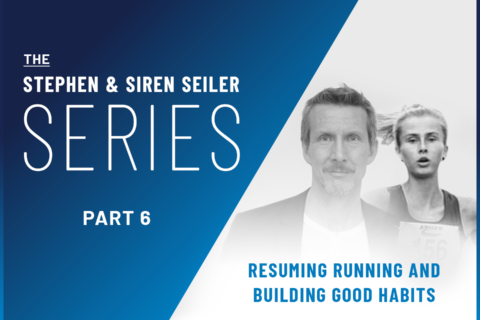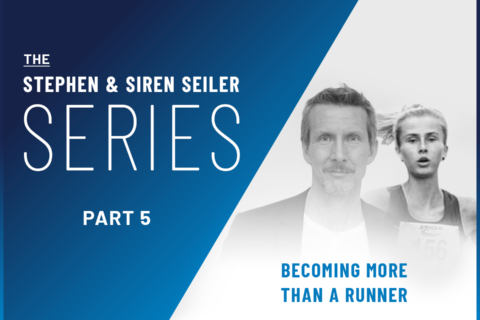Fast Talk Labs sat down with special guest, endurance sports journalist Alex Hutchinson, for a guided Q&A discussion on teleoanticipation and pacing.
What’s teleoanticipation? The anticipation of the end of a physical task that allows more efficient expenditure of energy.
The act of teleoanticipation can have a significant impact on how you pace and endurance event. When you know what’s coming, how do you pace? What happens if someone moves the finish line?
Hutchinson wrote a compelling article drawing comparisons between teleoanticipation and our mentality towards COVID-19, building on lessons from new research on pacing in endurance sports.
Here are the questions that were asked during the live session:
3:20 – What is teleoanticipation?
8:21 – Is this something that we’re born with or do we develop it over time?
9:00 – Why do some runners run their fastest in their debut races?
11:38 – What do you see as the advantages and disadvantages of teleoanticipation?
22:40 – How often should a coach make a runner do another set?
37:28 – Should you daydream about an upcoming race to increase your heart rate during a workout?
43:09 – Should an amateur cyclist who trains 8-10 hrs a week in a polarized distribution use the Ronnestad intervals? Is there an advantage to them compared to longer intervals? Would you consider this to be a VO2 max workout to be used leading up to a race or during the base/build phase?
50:51 – Is there new information you learned since publishing your book and would like to add?



